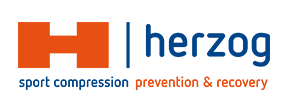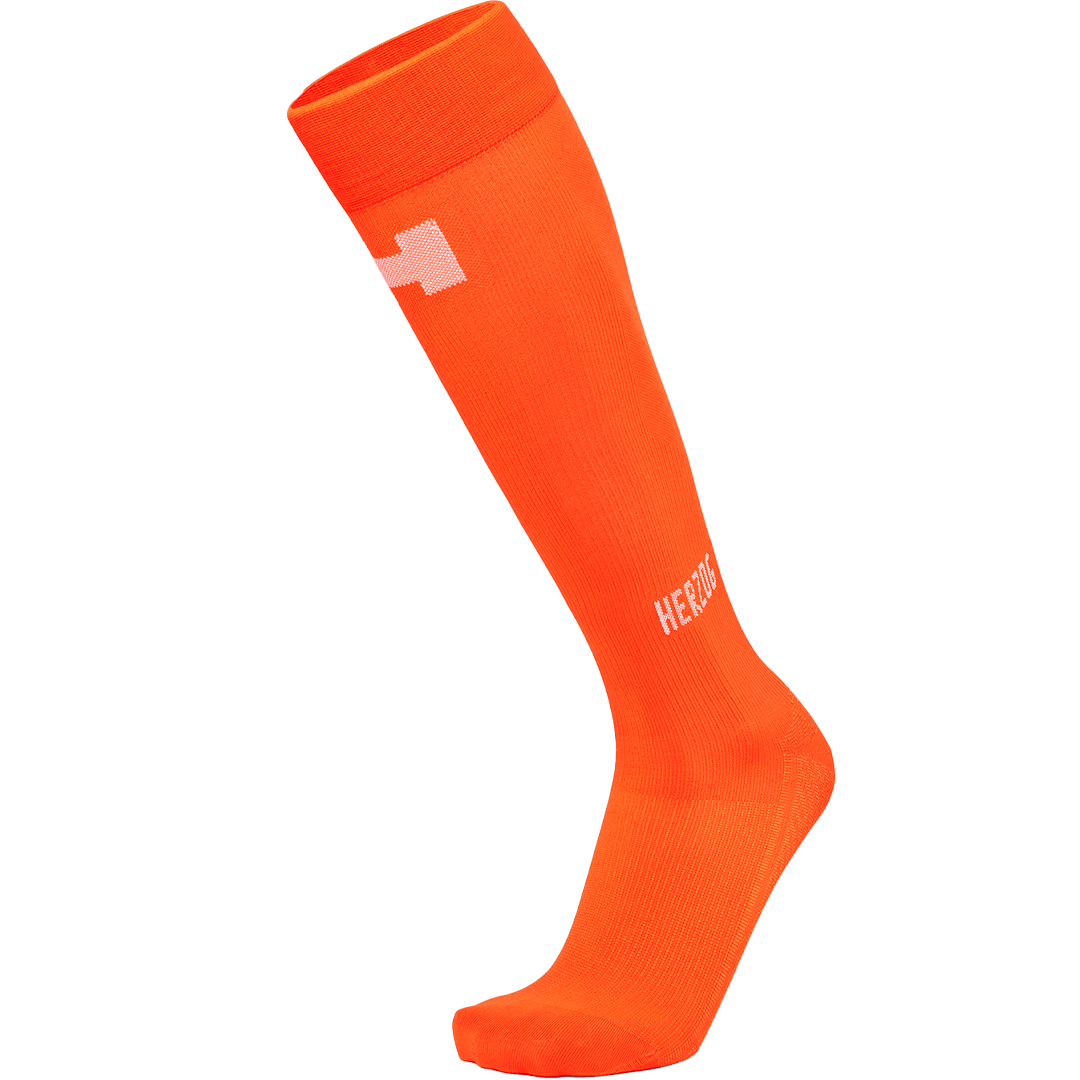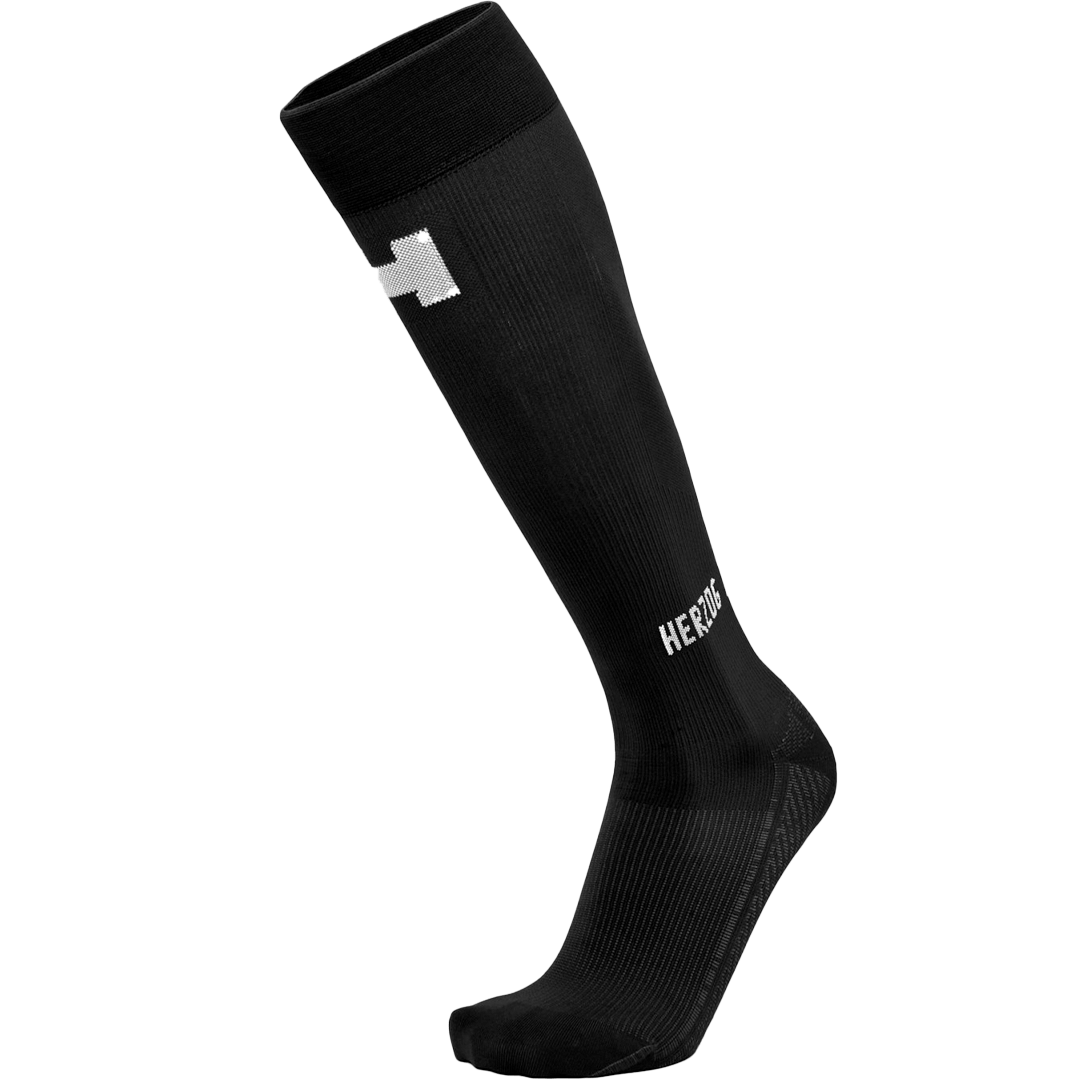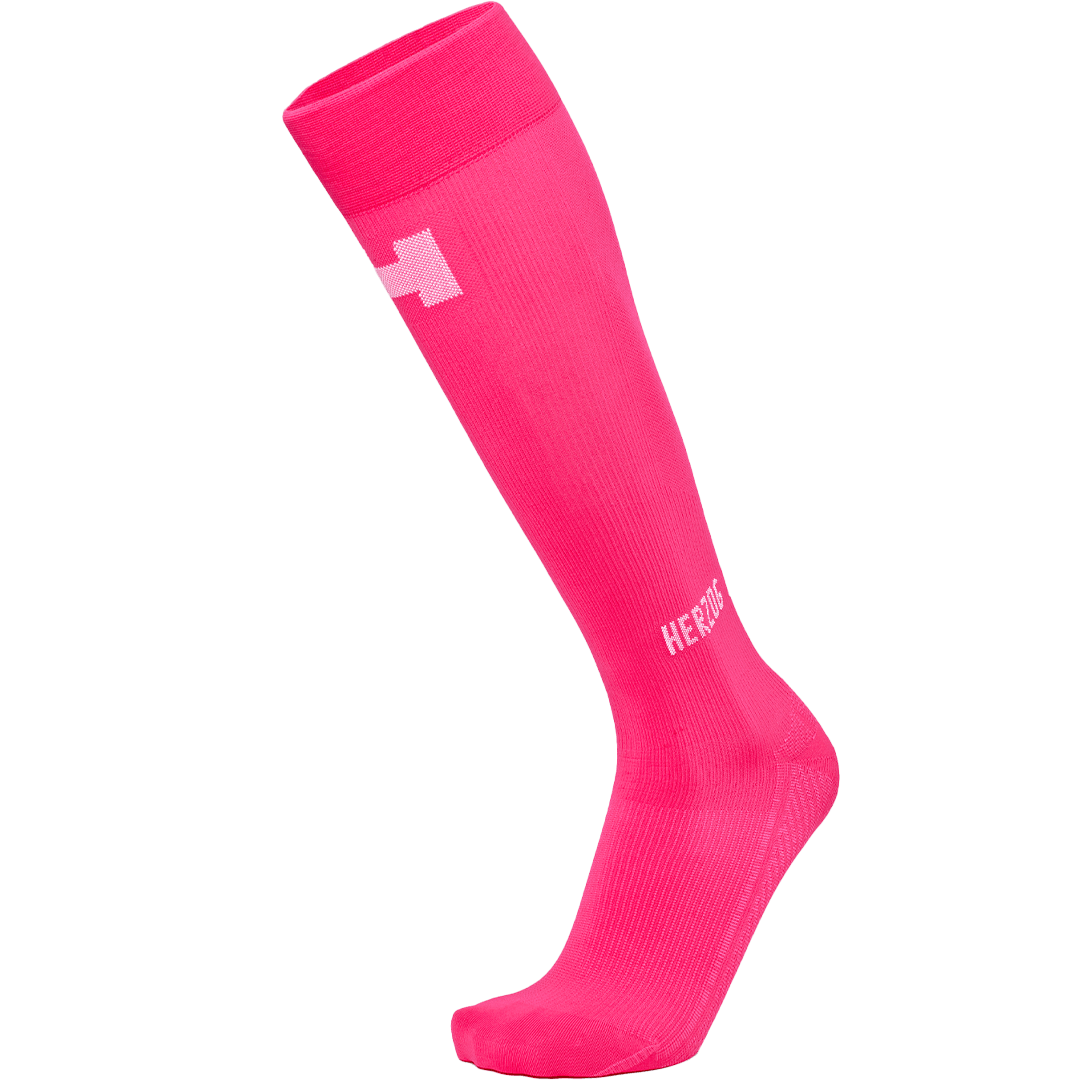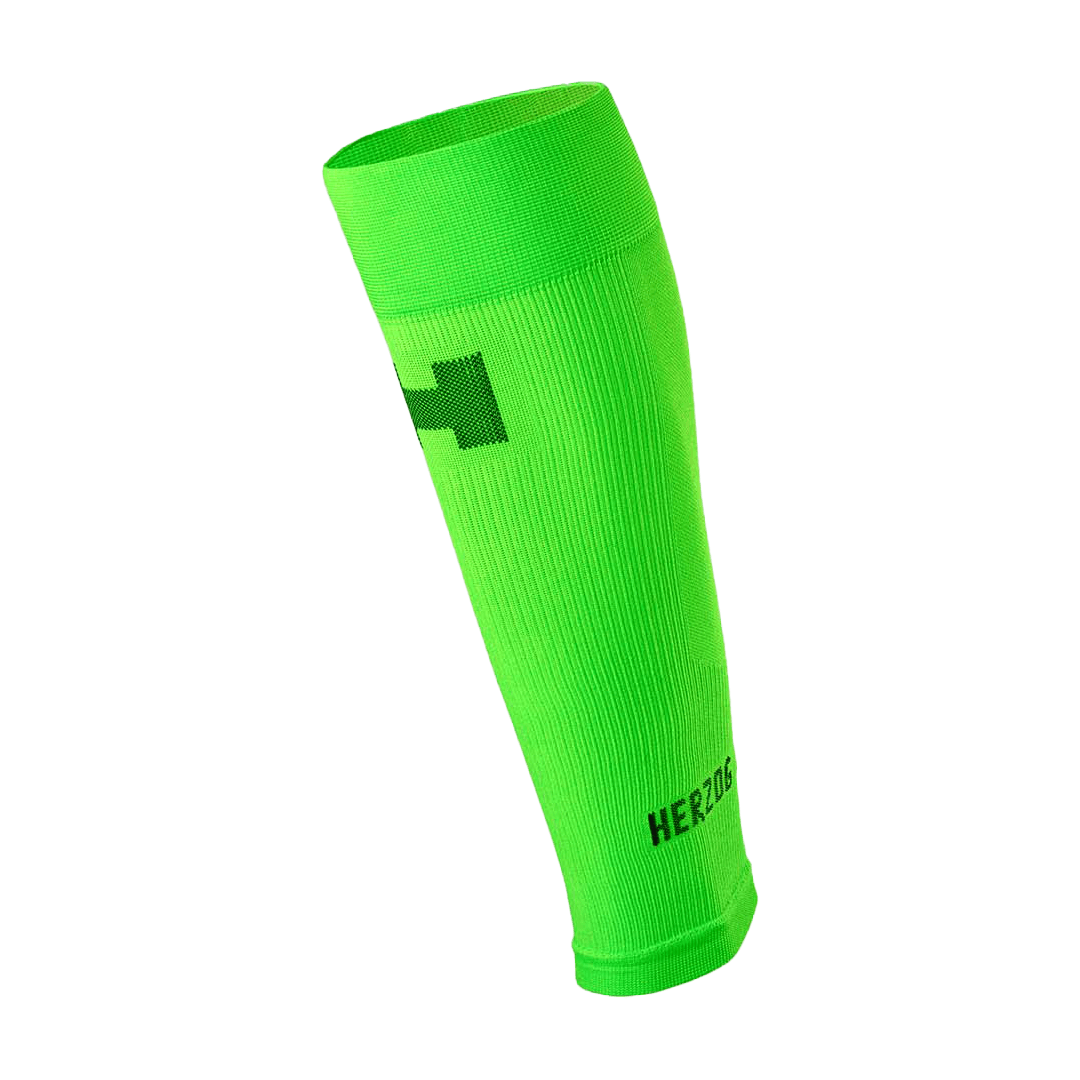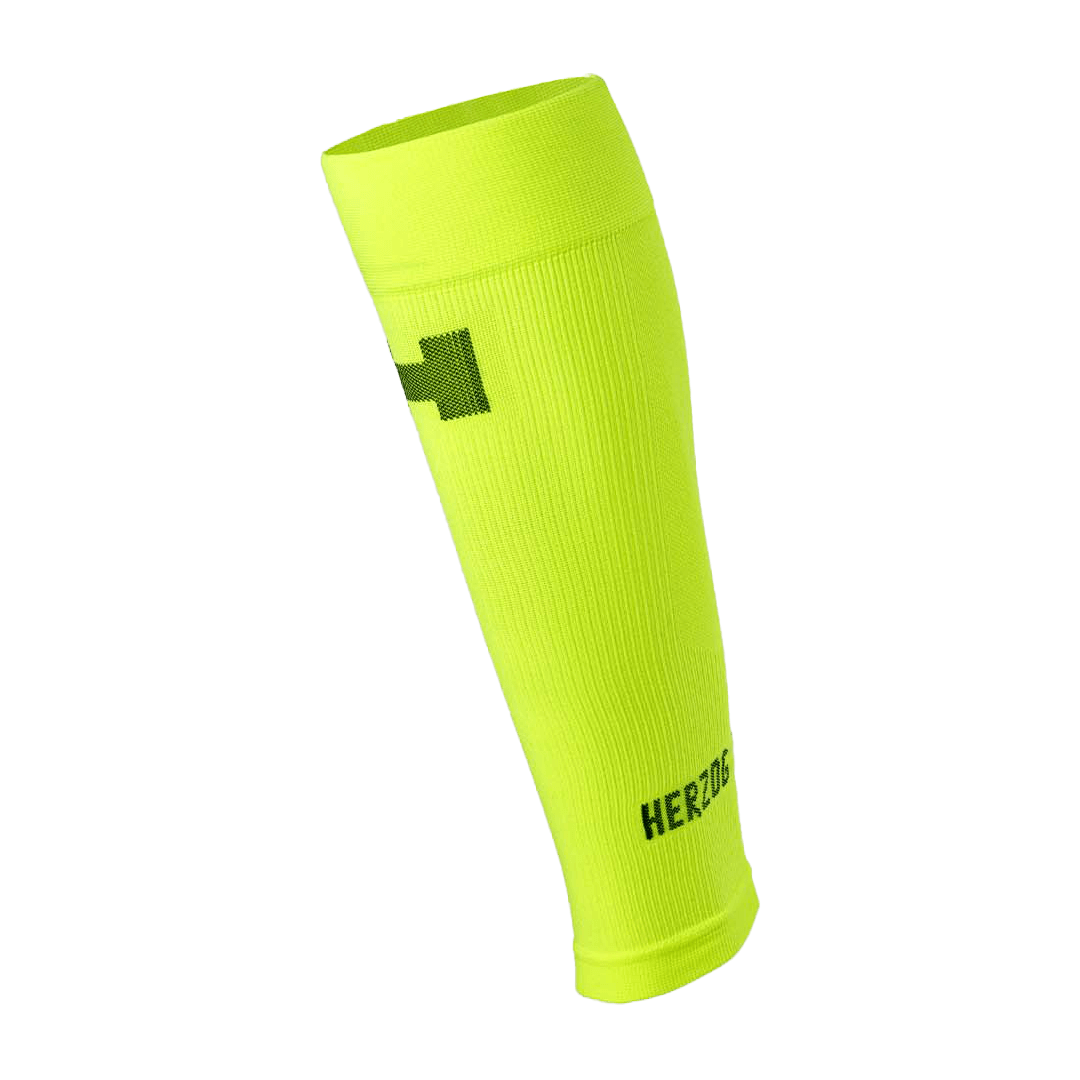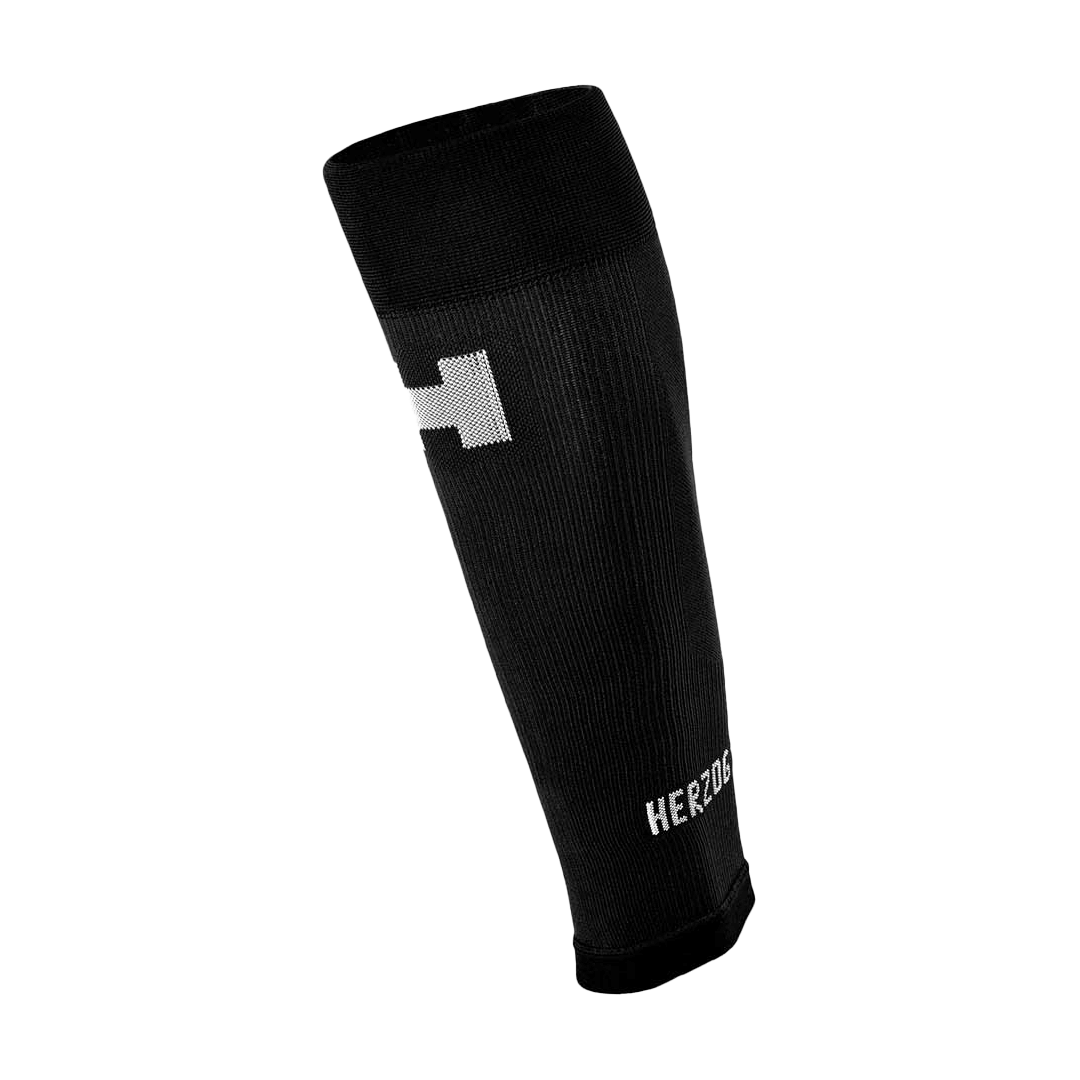calf complaints
Do you ever suffer from stiff calves during or after running? You’re not the only runner with calf problems. Whether you suffer from stiff muscles or a whipstroke: Herzog PRO Compression Socks can be used as a tool to prevent calf injuries or promote their recovery. What can you do to prevent your calf complaints?
calf complaints
Do you ever suffer from stiff calves during or after running? Herzog PRO Compression Socks are ideal for use as an aid to prevent calf injuries or to promote their recovery.
PRO Compressionsocks
€54,95
PRO Compressionsocks
€54,95
PRO Compressionsocks
€54,95
PRO Compressionsocks
€54,95
PRO Compressiontubes
€44,95
PRO Compressiontubes
€44,95
PRO Compressiontubes
€44,95
PRO Compressiontubes
€44,95
PRO Compressionsocks
€54,95
PRO Compressiontubes
€44,95
How do you prevent calf complaints?
Stiff calves and increased muscle tone are often the result of overexertion. Stiffness often occurs when the training size and/or intensity are increased too quickly. The accumulation of lactic acid in the muscle gives a feeling of fatigue and stiffness. You often see that the blood flow to the calf muscle decreases due to increased muscle tension. Fortunately, you can do a lot yourself to prevent stiff calves. A massage, rolling off your calves with a foam roller or doing stretching exercises can reduce muscle tension. Good blood circulation is also very important. Herzog Sport Compression Socks are an ideal tool to stimulate blood circulation and combat stiff calves. Herzog socks ensure that waste from the incineration process is disposed of faster and more effectively. As a result, you reduce muscle tension and recover significantly faster.
What to do in case of calf cramps
When a lot is asked of the body, sudden cramps are possible. There are many different reasons for this. For example, the complaints can be a manifestation of an excessive stretching load on the calf muscles due to hill training or sprinting. A hard surface requires extra cushioning by the calf muscle, while when running on a muddy surface, extra muscle tightening of the calf is needed to maintain walking speed.
In hot weather conditions, where a lot of sweating and insufficient drinking can cause a lack of fluid in the body, the risk of cramps increases. There are indications that a disturbance of the mineral balance, such as a magnesium deficiency, can also lead to cramps. This has not yet been well proven, so be cautious in just administering minerals.
In the treatment of calf muscle cramps, stretching, massage and fluid replenishment are also paramount. A heel raise is also effective. Reducing the walking speed and possibly temporarily stopping running to prevent worse is often necessary.
Do you want to do something about calf cramps right away? Bring the muscle into a relaxed state. Bend your knee and gently pull the foot up, while shaking the calf loose with the other hand. Often this maneuver has to be repeated several times, because the muscle – when actively tightening the calf muscle again – sometimes tends to get into cramps again.
What should I do in the event of a whipstroke?
Many athletes also have to deal with a tear (whipstroke) in the calf. Often such a crack occurs during an explosive movement in which a lot of force is applied. The tear is usually in the inner (medial) part of the gastrocnemius. This is the two-headed calf muscle that is located at the back of the lower leg, at the level of the muscle-tendon transition. How you treat a whipstroke depends on the severity of your injury. Often a responsible function structure of the damaged muscle takes a lot of time and starts with the unloaded tightening of the calf muscle. During the recovery from a whipstroke injury and the training build-up, it is advisable to wear Herzog Sport Compression Socks . This way you not only effectively counteract the risk of a new muscle tear, you also accelerate the healing process. Herzog socks ensure that the wound edges of the muscle tear in the calf are pressed together as a kind of adhesive plaster.
How do I prevent my injury from returning?
By wearing Herzog socks during exercise, the calf muscle is kept together compactly and much less muscle damage takes place. You reduce the shock load on your calves and there is also much less pulling on your Achilles tendons and your shin membrane. It is important to realize that after a calf injury, scar tissue almost always remains in the muscle. Scar tissue no longer has the elasticity of the surrounding muscle tissue and in many cases remains a weak spot in the calf muscle. Herzog socks significantly reduce the risk of scarring due to the compressing adhesive plaster effect. They also reduce the chance that you will suffer a muscle tear again.
Herzog vs. other compression socks: what's the difference?
What is the difference between (slightly supportive) compression socks and Herzog Compression Socks?
- Herzog compression socks are a recognized medical device whose effect has been scientifically proven .
- Herzog socks are unique because the ready-to-wear size is determined on the basis of your leg sizes. Your leg sizes determine the shape and pressure profile of your Herzog socks. With almost all other compression brands, the size is determined on the basis of the shoe size and / or the calf size. However, for a perfect compression gradient, it is essential that 5 leg sizes are included. After all, two athletes with the same shoe size can have completely different leg contours. Consider, for example, the difference in calf size of a sprinter and a road athlete.
- Herzog socks offer considerably more pressure compared to other brands: more than 30 mmHg at ankle level and 23 mmHG below the knee. Most other brands only deliver around 19 mmHg. For optimal blood circulation and injury prevention, 30 mmHg is an absolute requirement.


Prevent. Perform. Recover.
